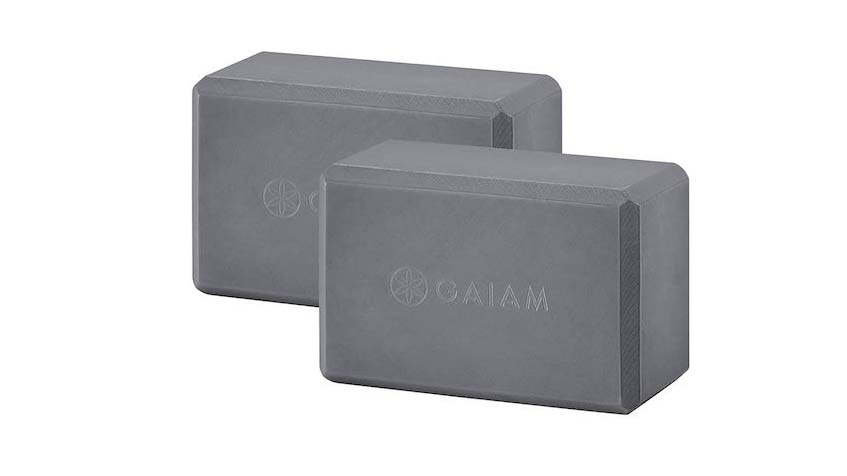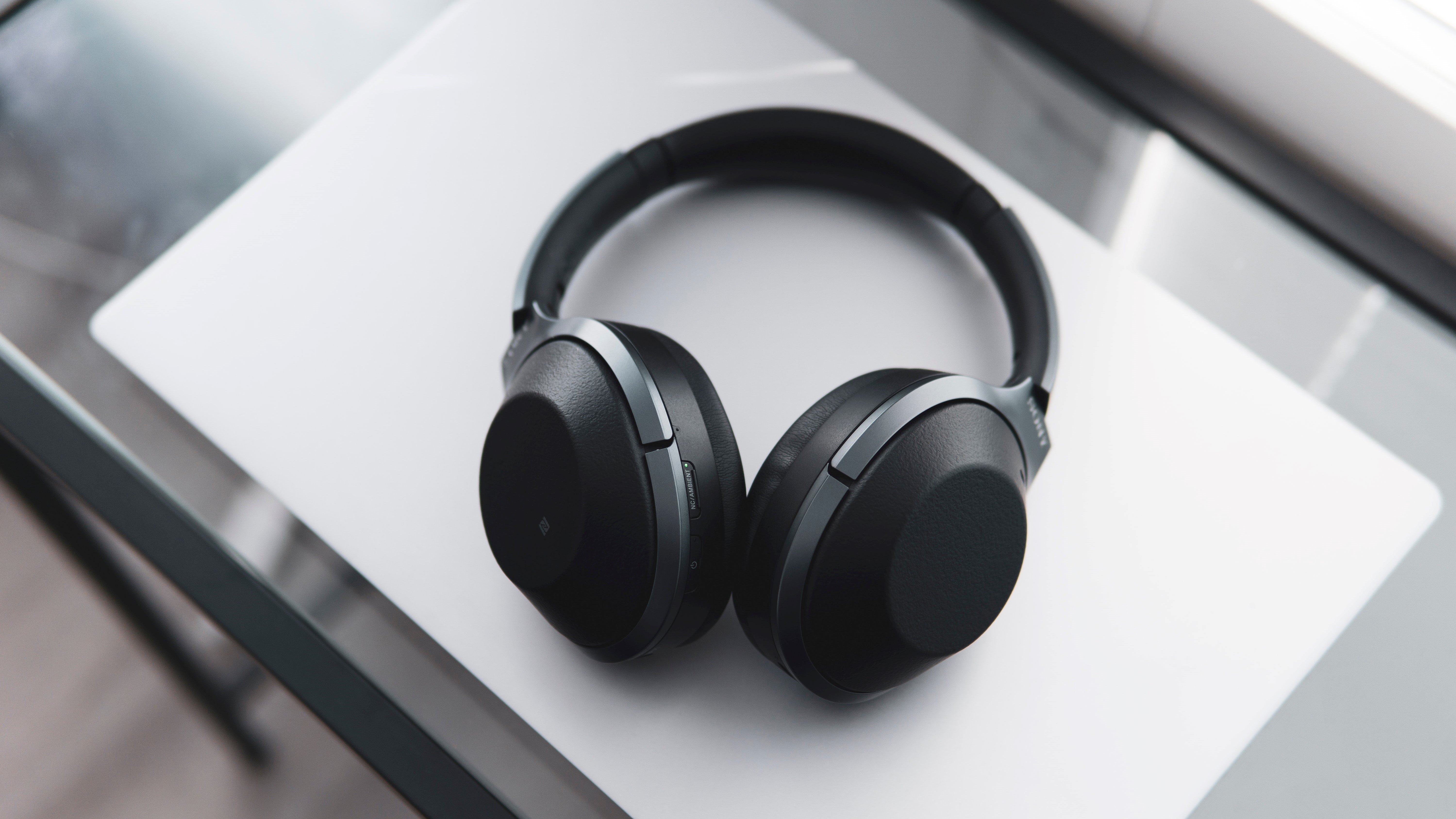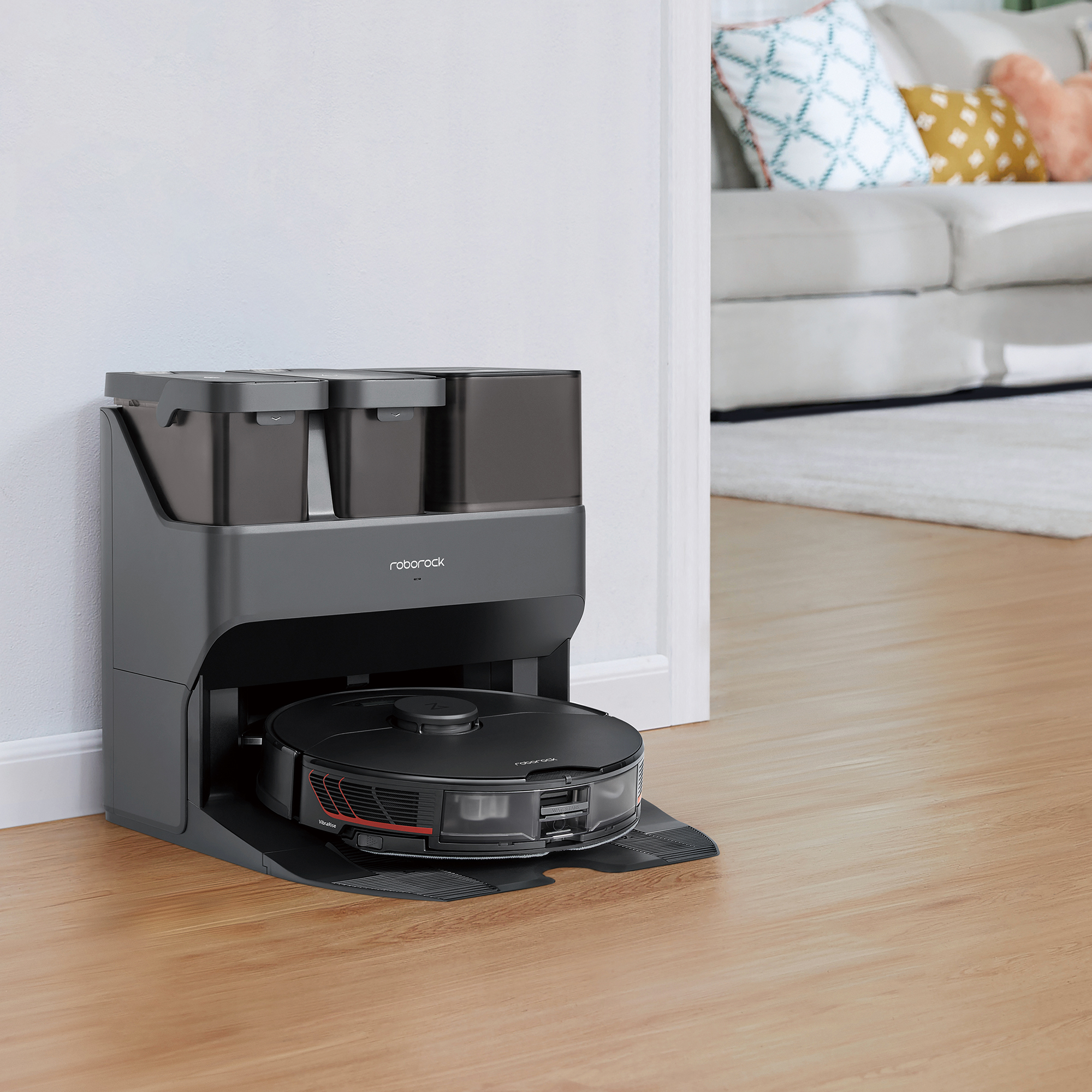Yoga blocks are incredible tools for all yogis, beginner or expert. Most commonly, they're used to help assist with stretching and flexibility – making the floor that little bit closer when your hamstrings are screaming "no!" to pyramid pose, or your hands can't quite reach the ground in runner's lunge. They can also provide stability when advancing into arm balances (some like to place one underneath the forehead for crow pose, for example) and help with posture in seated positions. Think of a yoga block as an aid to your practice – it can also intensify your workout (try placing a block between your legs in bridge pose).
For those wanting to add depth to their home practice, a yoga block is an affordable way to do so – after all, it's unheard of to go to a flow class without a box of blocks at the back of the room, right? Many yoga teachers encourage the use of blocks at all levels, and you may well find your technique, comfort level and flexibility improves quickly while using them.
There are a number of sizes and shapes available, though the most popular are the rectangular 'brick' shapes which can be used on different sides depending on the height desired. Slimmer, flatter blocks are also popular for seated poses or posture correction.
Another thing to consider is the material your block is made from – foam is the most common today, though natural materials such as cork are becoming increasingly favoured for more environmentally-aware yogis. All offer pros and cons, though of course the softer materials will be more comfortable for restorative poses or backbends, while some prefer the sturdier cork for balancing, for example. It's also worth noting that most people buy at least two blocks, in order to have one for each hand when needed.

Gaiam's two-pack offering is a fuss-free, reasonably-priced way to start your at-home practice. In the traditional brick shape and size, they are great for standing and flexibility poses, and many find the softer foam texture more comfortable for lying down on and back-bending.
These may not be the best choice for more experienced yogis, as some prefer a more substantial block for arm balances or other advanced poses, but they're a reliable option for beginners. Sadly though, there isn't much information about Gaiam's sustainability efforts, or where the materials are sourced from.

Countless yogis love the eco credentials of Manduka's cork block, which is supportive while remaining fairly lightweight to take to and from classes (though it should be noted that it will be heavier than a traditional foam block). It's made from a finer-grain cork than other versions, with an easy-grip textured surface. Though it has rounded edges, it might not be the comfiest for restorative poses or supported backbends, but its sturdiness is recommended for balances and standing poses.
This is a pricier choice, but most report it is long-lasting and resistant to scratches and damage – unlike some foam options.

We reckon these slimmer blocks are just as essential to your kit as their thicker 'brick' cousins – Yoga Mad's affordable version can be used to lift the hips in seated poses, beneath the head in shavasana and to balance on during inversions. Turned on its shorter side, it'll give plenty of height for anyone struggling with flexibility.
Made from EVA foam and available in four colours, it's a sturdy option with a bit of give – although some buyers have expressed the material is a little hard for sitting on. The company don't make its eco or sustainability credentials known, either.

If you're looking for a compromise between cork and foam, this could be just the ticket. The eco-conscious will be happy to learn that Manduka's second offering on our list is made from 50% recycled EVA foam – it also offers a firmer feel than other foam blocks, and many recommend it for arm balances as well as stretching and sitting.
These are fairly pricey compared with some of the very budget-friendly foam options on the market, but the quality – if you prefer a firmer block – is worth it for many. It's also a good option for those practicing hot yoga, with a closed-cell surface to stop moisture entering the block.

This is another inbetweener – it offers the sustainability and firmness of cork, but in a smaller size for those that need to make a little less space. Yogis seem to love the inspirational message printed across the front of the block – "practice is everything" – though again, the sturdy cork may not be suitable for supporting backbends comfortably.
The smaller size (it resembles a scaled-down version of a traditional brick) will be beneficial for some and a nuisance for others, but if you've dreamt of an in-the-middle sized block, this might just be the one for you.




